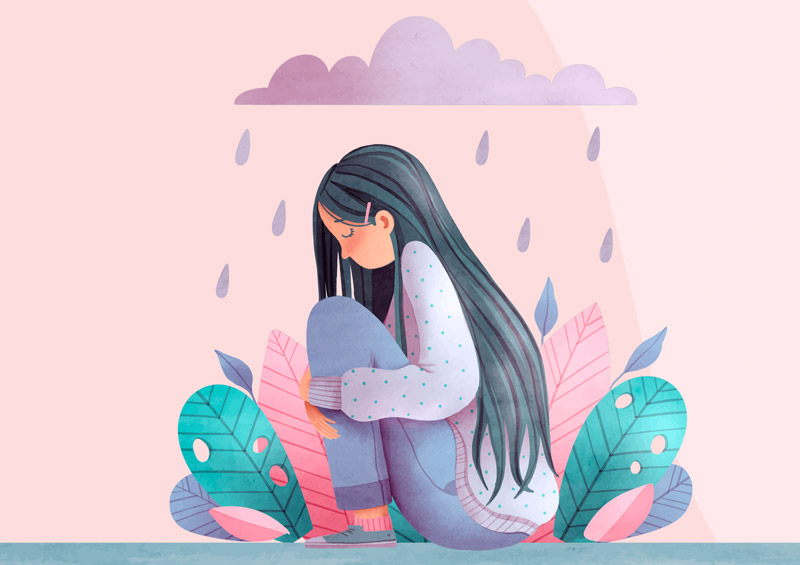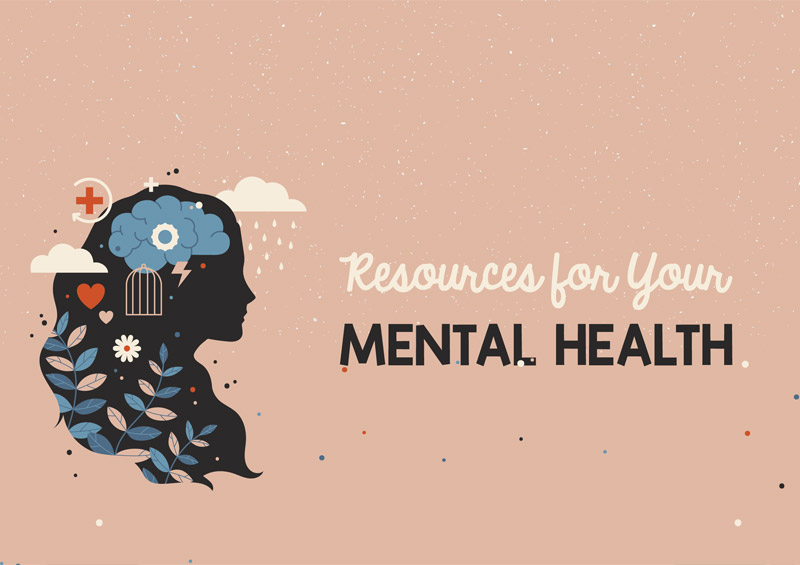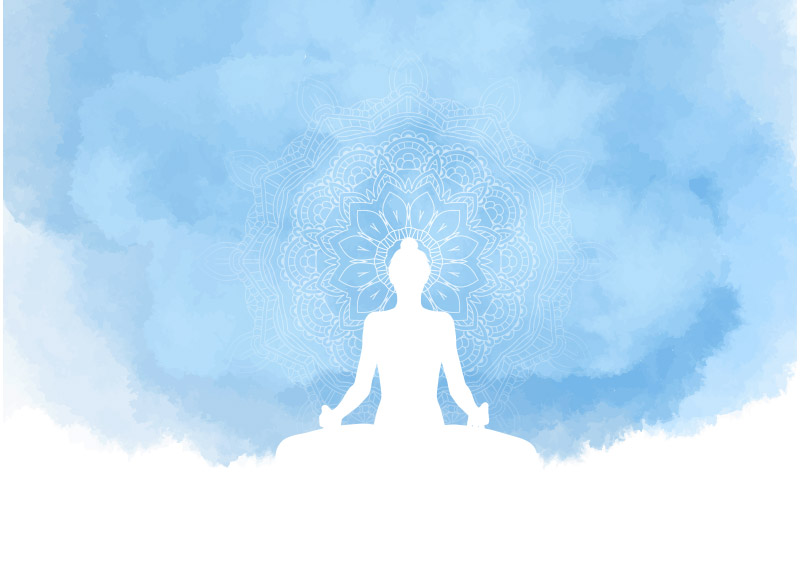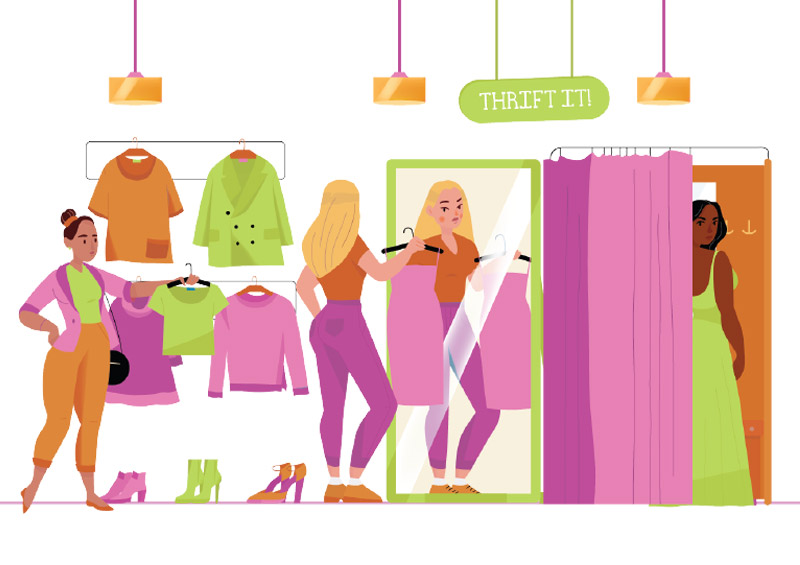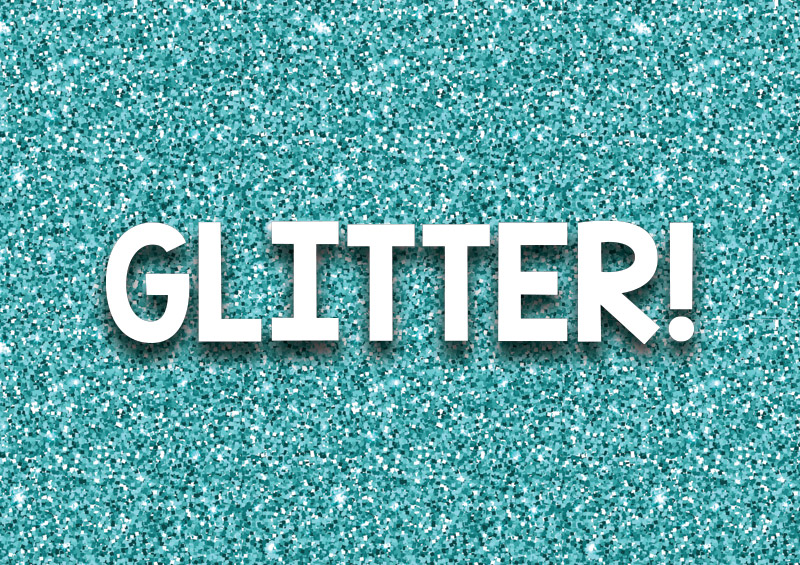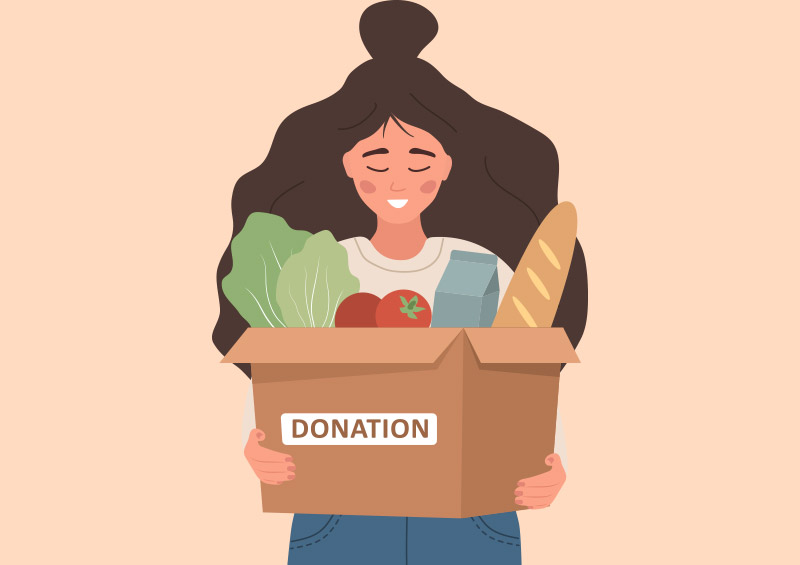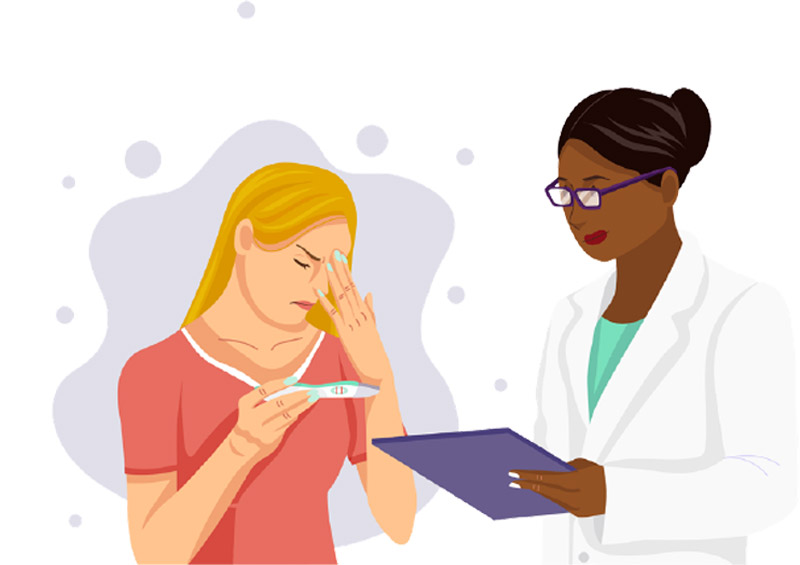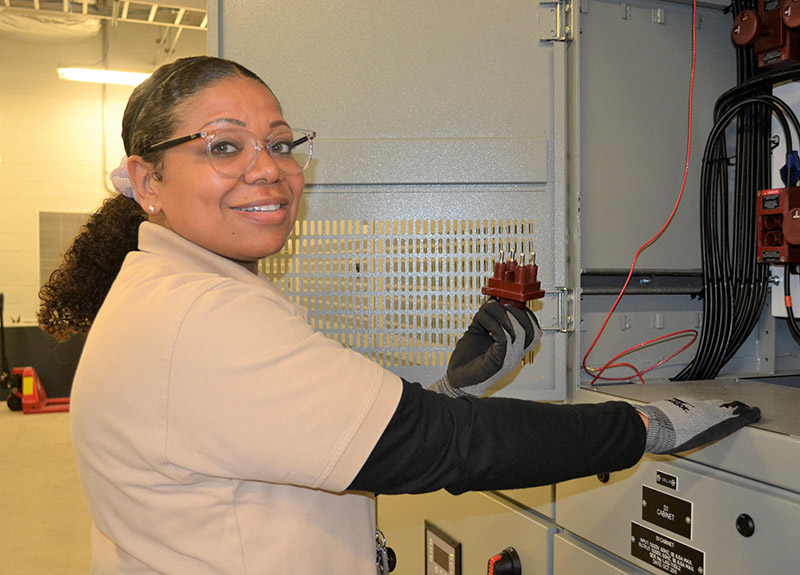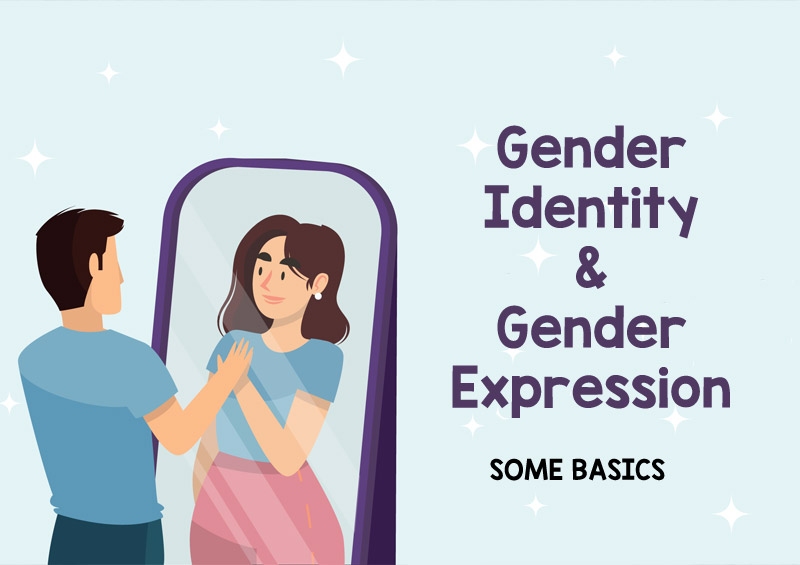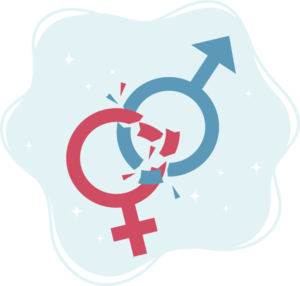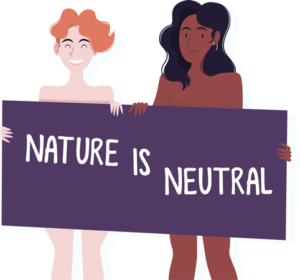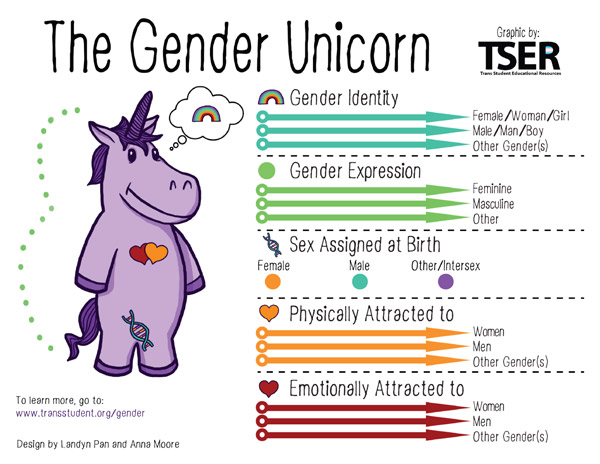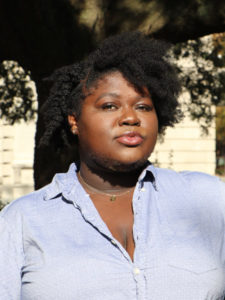When we are born, we are assigned a sex (male or female).
NEXT
Based on this assignment, we are exposed to gender roles, which are often perpetuated by family, friends, educators, even strangers! Depending on whether someone is considered to be a boy or a girl, they may be dressed in blue or pink, given trucks to play with or baby dolls to care for, asked to take out the trash and cut the grass versus cook for the family and tend to younger siblings.
NEXT
Societal perceptions and expectations—such as that men take out the trash and women cook and clean, or that men are tough and aggressive, whereas women are nurturing and emotional—often act as a ceiling for our personal and psychological growth and influence our physical appearance.
NEXT
As we get older, we start to learn more about ourselves and how we want to move in the world. Gender, in its rightful place, is determined by the individual and is made up of how someone feels about their own gender identity.



